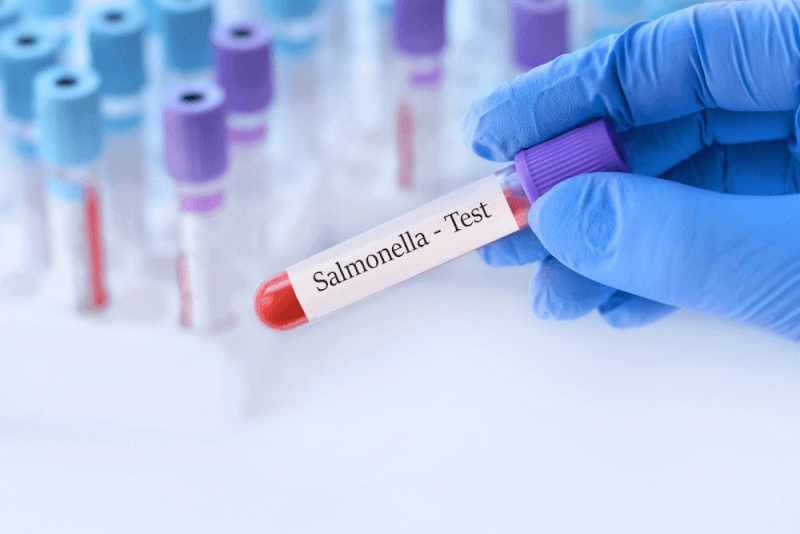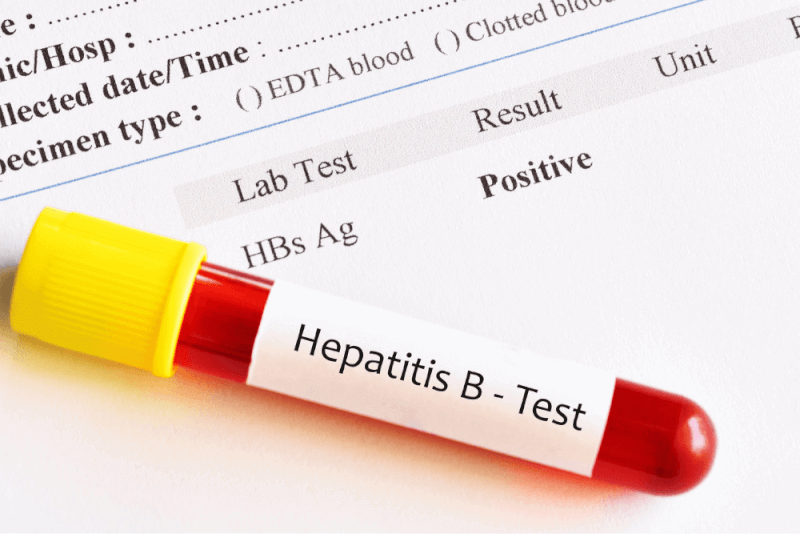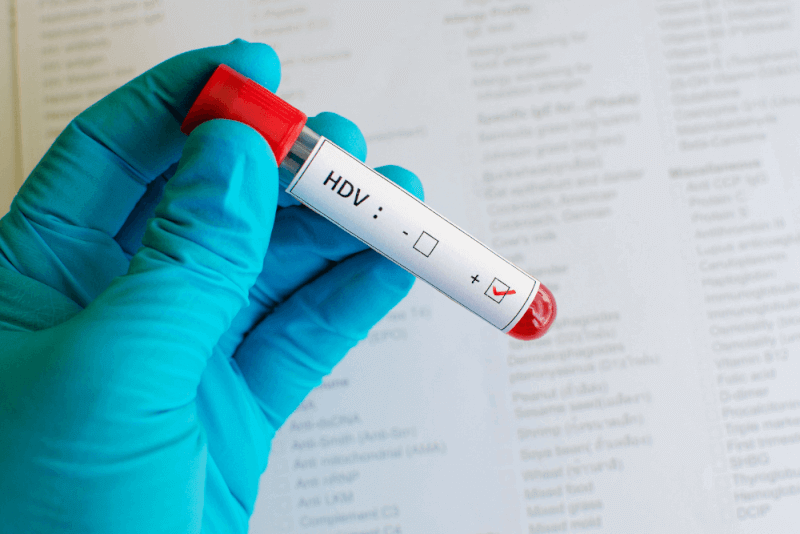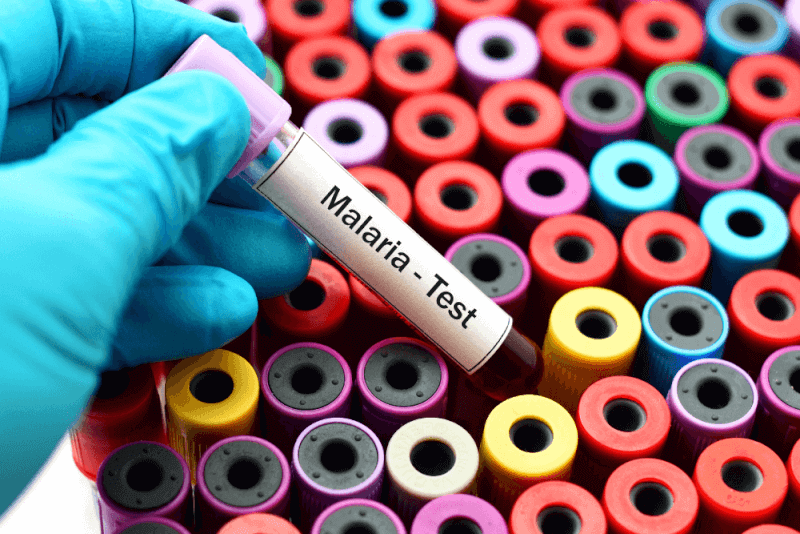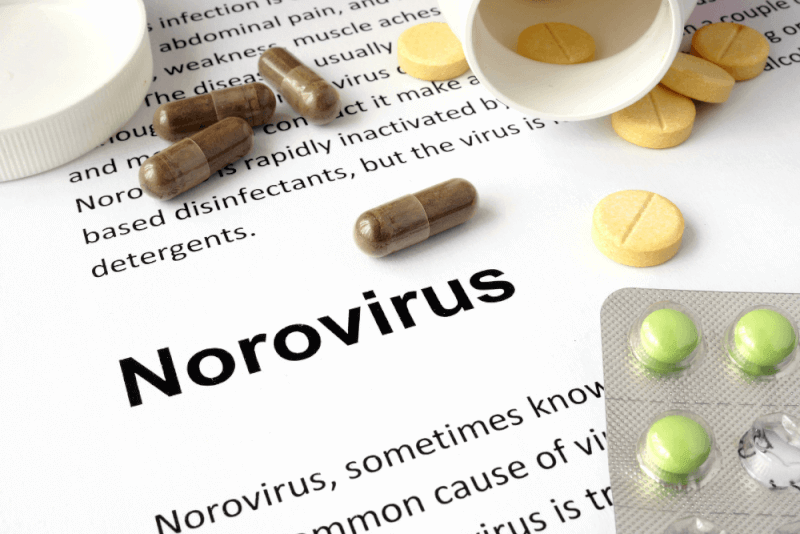What is Salmonella?
The occurrence of diarrhea and stomach pains caused by salmonella bacteria is called salmonella. Since salmonella, one of the most common forms of food poisoning, can have different forms such as typhoid fever, this type is called salmonellosis.
Salmonella causes
Salmonella poisoning is caused by Salmonella bacteria. When more Salmonella bacteria enter the body than can be eliminated, the infection causes fever, diarrhea and other gastrointestinal problems.
Salmonella bacteria live in the intestines of humans and animals and can be contaminated by food, drink and surfaces.
Among the most common materials in which Salmonella bacteria are found are the following.
- Raw eggs and eggshells
- Surfaces around someone infected with Salmonella bacteria
- Raw red meat, seafood and poultry
- Animals and the places where they live, their fur, feathers, scales, skin and feces
- Fruits and vegetables
- Unpasteurized milk or cheese
- Untreated water
Salmonella symptoms
Symptoms that occur a few hours or days after exposure to salmonella bacteria affect the stomach and intestines. Symptoms of salmonella poisoning include the following.
- Diarrhea, sometimes with blood
- Headache
- Fire
- Nausea
- Vomiting
- Stomach pains or cramps
Salmonella transmission routes
Salmonella bacteria are often caused by undercooked food or improper food preparation. The most common ways in which they are contaminated are as follows.
- Eating uncooked or undercooked meat, poultry, seafood or eggs
- Eating contaminated fruits and vegetables
- Not washing hands while eating or preparing food
- Consuming contaminated water
- Consuming unpasteurized milk and dairy products
Also, people can be infected from animals infected with Salmonella bacteria. By touching the animal, the bacteria can reach the hands and then enter the body through the mouth. Almost any animal can become infected with Salmonella or carry Salmonella in its fur, feathers, scales and skin. Animals commonly infected with Salmonella bacteria include rays.
- Amphibians
- Reptiles
- Birds
- Farm animals
- Pets
Salmonella bacteria can be found in almost all uncooked foods. However, infection usually occurs from uncooked or undercooked poultry or eggs. In addition, Salmonella infection can be transmitted from person to person or from animal to human.
Therefore, if hands are not washed after going to the toilet or when sick, it is possible for Salmonella bacteria to contaminate surfaces and food and infect other people.
Salmonella prevention
To prevent salmonella infection, safe food preparation practices should be followed and animals should be treated with care. Safe food preparation practices to reduce the risk of salmonella include the following.
- Pasteurization kills Sarmonella bacteria in foods.
- Patients should not cook for others.
- Hands should always be washed with soap and water after going to the toilet.
- Hands should be washed before preparing and eating food.
- Food preparation and eating surfaces and utensils should be washed before and after use.
- Food needs to be cooked to a safe temperature.
- When working with raw meat, poultry, seafood or eggs, other foods should not be touched
- Vegetables and fruits should be washed and peeled before cutting, eating or cooking.
- Poultry and seafood should be refrigerated or frozen as soon as possible.
- Not to consume unpasteurized milk or foods made with unpasteurized milk.
- Not to drink untreated water or eat food prepared with untreated water.
Salmonella poses a risk to animals. Almost any animal can become infected with Salmonella or carry the bacteria in its fur, feathers, scales and skin. Not every infected animal looks sick.
Particularly chickens, ducks, turtles and lizards are at highest risk of carrying the infection. Here are some things people can do to protect themselves from Salmonella bacteria carried by animals.
- Hands should be washed with soap and water after touching food, water bowls, litter boxes, poop, cages or toys of animals, including pets.
- Hands should not be brought to the mouth after touching animals.
- Fur, feathers, scales or skin should not be kissed.
- People over the age of 65 or under the age of 5 should not touch animals.
- People with weak immune systems should not touch animals.
- Not to eat or drink anything around high-risk animals or where they live.
- The living quarters of pets should be cleaned outside if possible.
- The kitchen sink should not be used to clean pets' living space, toys or cages.
Salmonella risk factors
Salmonella bacteria can infect anyone. However, the risk of infection or serious illness may be higher depending on age, living conditions, diseases and certain medications. The risk of contracting Salmonella increases in the following cases.
- Living or working around high-risk animals
- Taking antacids or antibiotics recently
- Inflammatory bowel disease
- Be under the age of 5
Salmonella bacteria increase the risk of developing serious illnesses in the following cases.
- being over 65 years of age or younger than 12 months
- Weak immune system
- The presence of sickle cell disease
Salmonella diagnosis
Salmonella is diagnosed by testing stool, blood or another sample. Doctors will first perform a physical examination and ask questions about symptoms and health history. Tests to diagnose salmonella include the following.
- Fecal sample
- Blood test
- Samples from urine or wound
Salmonella treatment methods
Salmonella is not usually treated with medication. Antibiotics are used if the patient's condition is severe or the risk of complications is high. In case of severe diarrhea, patients should be hospitalized. Drink plenty of fluids during the illness. In case of dehydration, doctors can give IV fluids.
The drugs used in the treatment include the following.
- Ciprofloxacin
- Seftriaxone
- Trimethoprim-sulfamethoxazole
- Azithromycin
The most important point in managing the symptoms caused by Salmonella infection is to prevent dehydration. For this, it is recommended to drink plenty of the following fluids.
- Water
- Sports drinks
- 100% fruit juices
- Beef broth
- Oralitration solutions
Salmonella usually disappears on its own. However, it may take a few days for the symptoms to go away. During this time, make sure you drink plenty of fluids.


